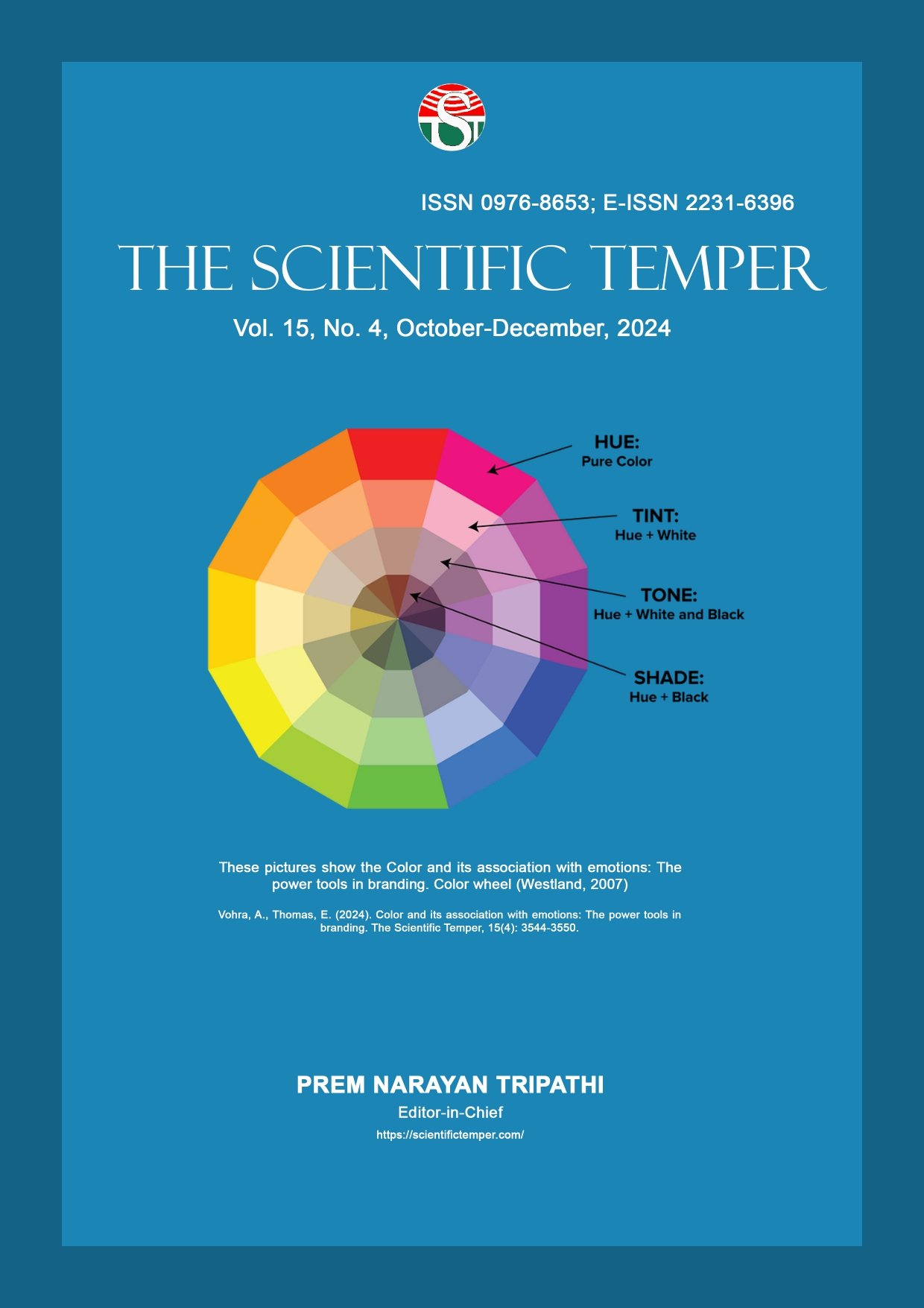Automated machine learning and neural architecture optimization
Downloads
Published
DOI:
https://doi.org/10.58414/SCIENTIFICTEMPER.2023.14.4.42Keywords:
Automated machine learning, Neural architecture optimization, Classifier accuracy, Model selection, Learning curves.Dimensions Badge
Issue
Section
License
Copyright (c) 2023 The Scientific Temper

This work is licensed under a Creative Commons Attribution-NonCommercial-ShareAlike 4.0 International License.
Automated machine learning (AutoML) and neural architecture optimization (NAO) represent pivotal components in the landscape of machine learning and artificial intelligence. This paper extensively explores these domains, aiming to delineate their significance, methodologies, cutting-edge techniques, challenges, and emerging trends. AutoML streamlines and democratizes machine learning by automating intricate procedures, such as algorithm selection and hyperparameter tuning. Conversely, NAO automates the design of neural network architectures, a critical aspect for optimizing deep learning model performance. Both domains have made substantial advancements, significantly impacting research, industry practices, and societal applications. Through a series of experiments, classifier accuracy, NAO model selection based on hidden unit count, and learning curve analysis were investigated. The results underscored the efficacy of machine learning models, the substantial impact of architectural choices on test accuracy, and the significance of selecting an optimal number of training epochs for model convergence. These findings offer valuable insights into the potential and limitations of AutoML and NAO, emphasizing the transformative potential of automation and optimization within the machine learning field. Additionally, this study highlights the imperative for further research to explore synergies between AutoML and NAO, aiming to bridge the gap between model selection, architecture design, and hyperparameter tuning. Such endeavors hold promise in opening new frontiers in automated machine learning methodologies.Abstract
How to Cite
Downloads
Similar Articles
- K. Arunkumar, K. R. Shanthy, S. lakshmisridevi, K. Thilagam, FR-CNN: The optimal method for slicing fifth-generation networks through the application of deep learning , The Scientific Temper: Vol. 16 No. 01 (2025): The Scientific Temper
- D. Jayadurga, A. Chandrabose, Distribution of virtual machines with SVM-FFDM approach in cloud computing , The Scientific Temper: Vol. 15 No. spl-1 (2024): The Scientific Temper
- Sindhu S, L. Arockiam, DRMF: Optimizing machine learning accuracy in IoT crop recommendation with domain rules and MissForest imputation , The Scientific Temper: Vol. 15 No. 03 (2024): The Scientific Temper
- S. Dhivya, S. Prakash, Power quality assessment in solar-connected smart grids via hybrid attention-residual network for power quality (HARN-PQ) , The Scientific Temper: Vol. 15 No. 04 (2024): The Scientific Temper
- A. Rukmani, C. Jayanthi, Fuzzy optimization trust aware clustering approach for the detection of malicious node in the wireless sensor networks , The Scientific Temper: Vol. 15 No. spl-1 (2024): The Scientific Temper
- G Vanitha, M Kasthuri, A robust feature selection approach for high-dimensional medical data classification using enhanced correlation attribute evaluation , The Scientific Temper: Vol. 16 No. 01 (2025): The Scientific Temper
- Vinodini R, Ritha W, A green inventory model for deteriorating items while producing overtime with nonlinear cost and stock dependent demand , The Scientific Temper: Vol. 16 No. 01 (2025): The Scientific Temper
- L. Vamsi Narasimha Rao, P.S.Prakash, M.Veera Kumari, Improvement of power system operation using a novel hybrid optimization method for optimal allocation of facts devices in radial transmission line , The Scientific Temper: Vol. 15 No. 04 (2024): The Scientific Temper
- Milindkumar N. Dandale, Amar P. Yadav, P. S. K. Reddy, Seema G. Kadu, Madhusudana T, Manthan S. Manavadaria, Deep learning enhanced drug discovery for novel biomaterials in regenerative medicine utilizing graph neural network approach for predicting cellular responses , The Scientific Temper: Vol. 15 No. 01 (2024): The Scientific Temper
- Swetha Rajkumar, Jayaprasanth Devakumar, LSTM based data driven fault detection and isolation in small modular reactors , The Scientific Temper: Vol. 14 No. 01 (2023): The Scientific Temper
<< < 5 6 7 8 9 10 11 12 13 14 > >>
You may also start an advanced similarity search for this article.
Most read articles by the same author(s)
- Jayaganesh Jagannathan, Dr. Agrawal Rajesh K, Dr. Neelam Labhade-Kumar, Ravi Rastogi, Manu Vasudevan Unni, K. K. Baseer, Developing interpretable models and techniques for explainable AI in decision-making , The Scientific Temper: Vol. 14 No. 04 (2023): The Scientific Temper
- Abhishek Pandey, V Ramesh, Puneet Mittal, Suruthi, Muniyandy Elangovan, G.Deepa, Exploring advancements in deep learning for natural language processing tasks , The Scientific Temper: Vol. 14 No. 04 (2023): The Scientific Temper
- Balaji V, Purnendu Bikash Acharjee, Muniyandy Elangovan, Gauri Kalnoor, Ravi Rastogi, Vishnu Patidar, Developing a semantic framework for categorizing IoT agriculture sensor data: A machine learning and web semantics approach , The Scientific Temper: Vol. 14 No. 04 (2023): The Scientific Temper



